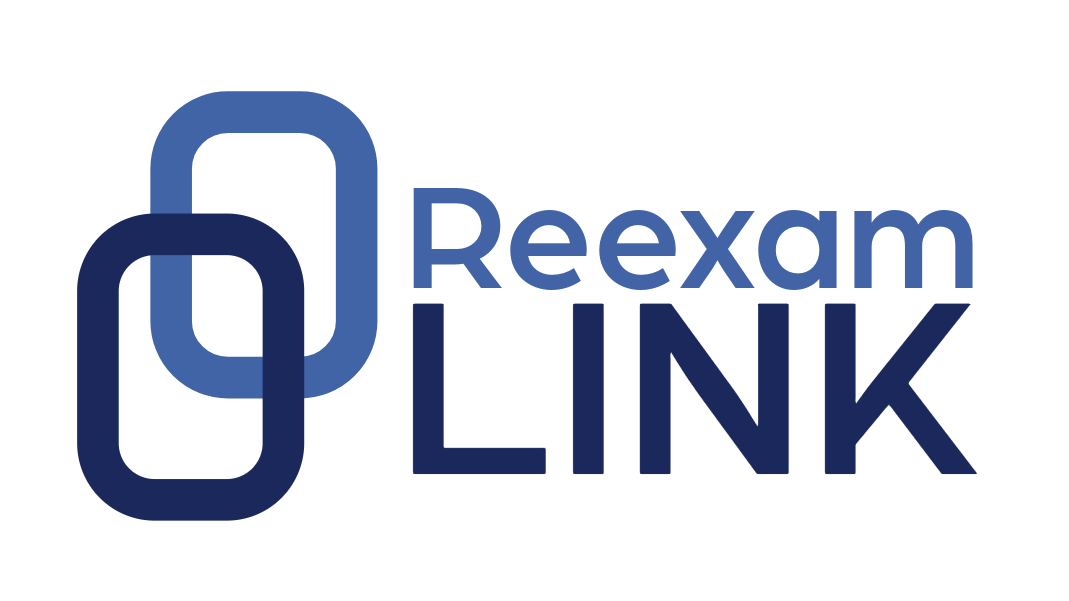Tag: Tim Bianchi
-
Supreme Court’s Stryker/Halo Decision Makes it Easier for Courts to Award Enhanced Damages In Patent Infringement Cases
The recent Supreme Court decisions in the Stryker and Halo cases just made it easier for courts to award enhanced damages in patent infringement cases, discarding Seagate’s “objective recklessness” test. The Seagate Test In 2007, the Federal Circuit announced a test for enhanced damages whereby a plaintiff seeking enhanced damages had to show that the infringement of his patent was…
-
PTAB Relies on the Federal Circuit’s Recent § 101 Decision to Deny CBM Institution
On May 12, 2016, the Federal Circuit issued a decision on 101 patent eligibility that overturned a summary judgment finding of § 101 invalidity for software used for databases. Enfish, LLC v. Microsoft Corp., No. 2015-1244, 2016 WL 2756266 (Fed. Cir. May 12, 2016). The Enfish v. Microsoft decision interpreted the “abstract idea” first prong of…
-
New PTAB Trial Practice Rules Effective May 2, 2016
On April 1, 2016 the PTO published its final rule on Amendments to the Rules of Practice for Trials Before the Patent Trial and Appeal Board. A small correction to these Amendments was published on April 27. I presented a summary of these rule changes at the AIPLA Spring Meeting in Minneapolis, MN on May 18, 2016. The…
-
Federal Circuit Employs Phillips Claim Construction to Measure Claims Amended in Reexamination for Possible Intervening Rights
—
by
in Broadest Reasonable Interpretation, claim challenges, Claim Construction, clear and convincing evidence, covered business methods, Damages, Ex Parte Prosecution, Federal Circuit, inter partes review, intervening rights, Litigation, past damages, Phillips claim construction, Post Grant Review, preponderance of evidence, prior art, reexamination generallyWhen patent owners sue an accused infringer for patent infringement, one way for the accused infringer to avoid liability is to show noninfringement of the patent claims. But if the claims are extremely broad, the accused infringer may find it difficult to prove noninfringement and instead may have to rely on a showing of invalidity to avoid…
-
IPRs And Settlement of Patent Infringement Cases
The passage of the AIA is still relatively recent, yet statistics are starting to emerge that demonstrate the effective use of IPRs to settle patent infringement cases. IAM magazine recently published an interesting report by Unified Patents showing that IPRs have the effect of increasing the median time to settle litigations (from 211 to 420 days), but when viewed…
-
Federal Circuit Reinforces PTAB’s Authority to Institute Trial on Selected Claims in Synopsis v. Mentor Graphics Appeal
Newcomers to post-grant proceedings are often surprised by the PTAB’s claim-by-claim approach to patent challenges under the America Invents Act. When reporting statistics about IPRs, commentators tend to ignore these considerations: First, an IPR petition can be drafted to challenge all or some of the claims of a patent. So the set of challenged claims can be less…
-
Patent Trends to Watch in 2016
2016 is starting off with a bang! A number of interesting new developments have occurred as we enter into this new year: The Supreme Court will review broadest reasonable interpretation (BRI), courtesy of the petition for cert in Cuozzo The Federal Circuit continues to selectively review and provide guidance on PTAB decisions, such as in Ethicon Endo-Surgery…
-
Board Guidance on its View of Petitioner Estoppel: Westlake Services v. Credit Acceptance Corp:
July 21, 2015 Last week, the Board provided an opinion to offer guidance on its view of the scope of petitioner estoppel. The Westlake Services v. Credit Acceptance Corp. decision relates to the scope of estoppel to a Petitioner following a final written decision from a first petition. Westlake Services v. Credit Acceptance Corp., CBM2014-00176, Paper 28 (PTAB May 14,…
-
Board Limits Multiple IPR Challenges in Samsung Electronics v. Rembrandt Wireless Technologies
June 22, 2015 Rembrandt Wireless Technologies sued Samsung and Research in Motion for infringement of U.S. Patent 8,457,228 in June 2013. The ‘228 patent relates to data communications, and in particular to a data communication system in which a plurality of modems use different types of modulation in a network. In June of 2014, Samsung filed six IPR…
-
Federal Circuit Interprets Board’s Broadest Reasonable Interpretation Standard – Part II
In Microsoft Corp. v. ProxyConn, Inc. v. Michelle K. Lee, Intervenor (Fed. Cir. cases 2014-1542 and -1543), the Federal Circuit reversed claim constructions made by the Board in the underlying IPRs. One of the claim constructions that was reversed related to the interpretation of components of a packet-switched network. In particular, the claims recite a…
